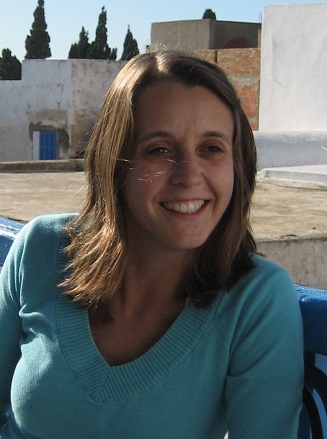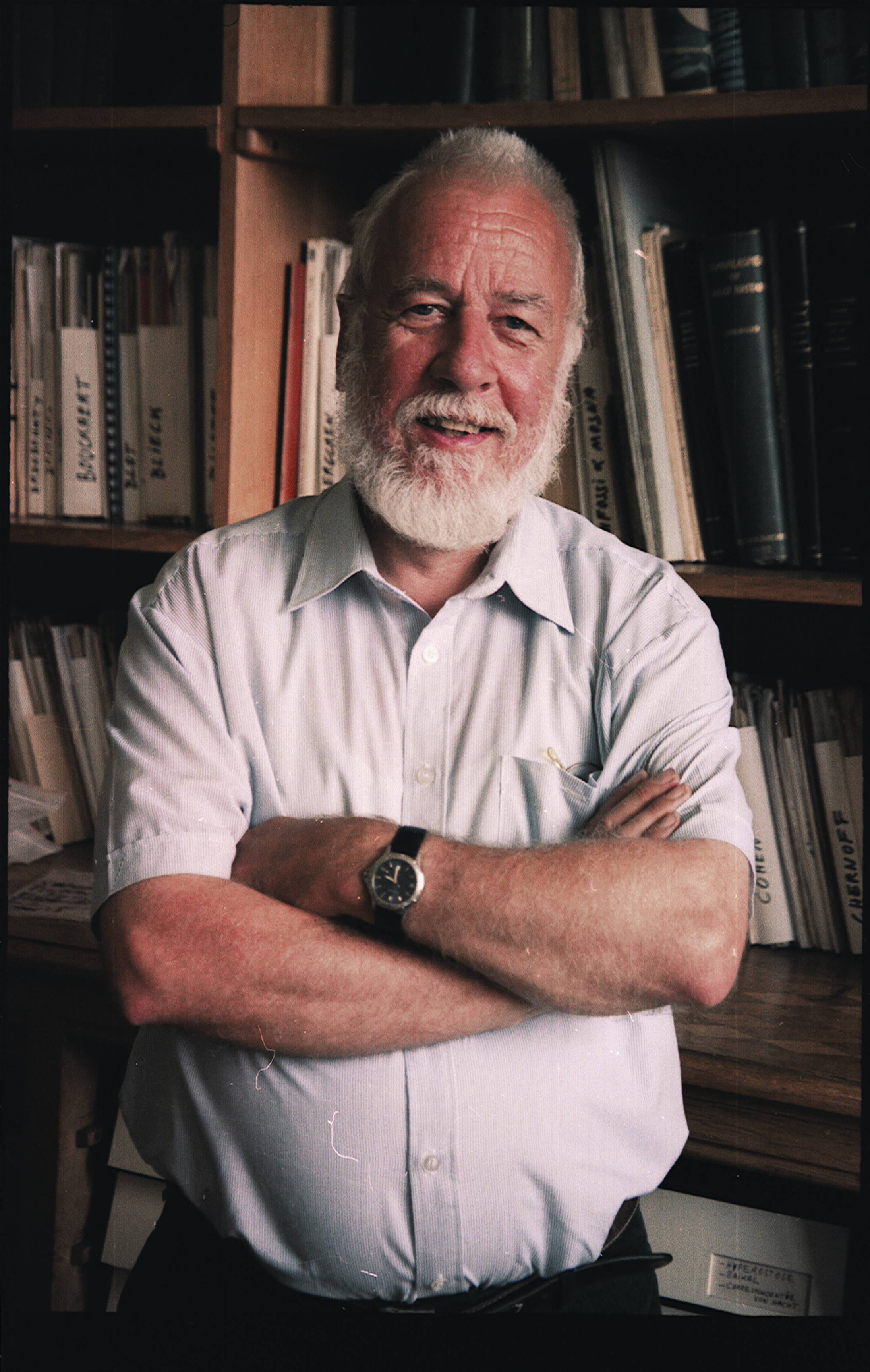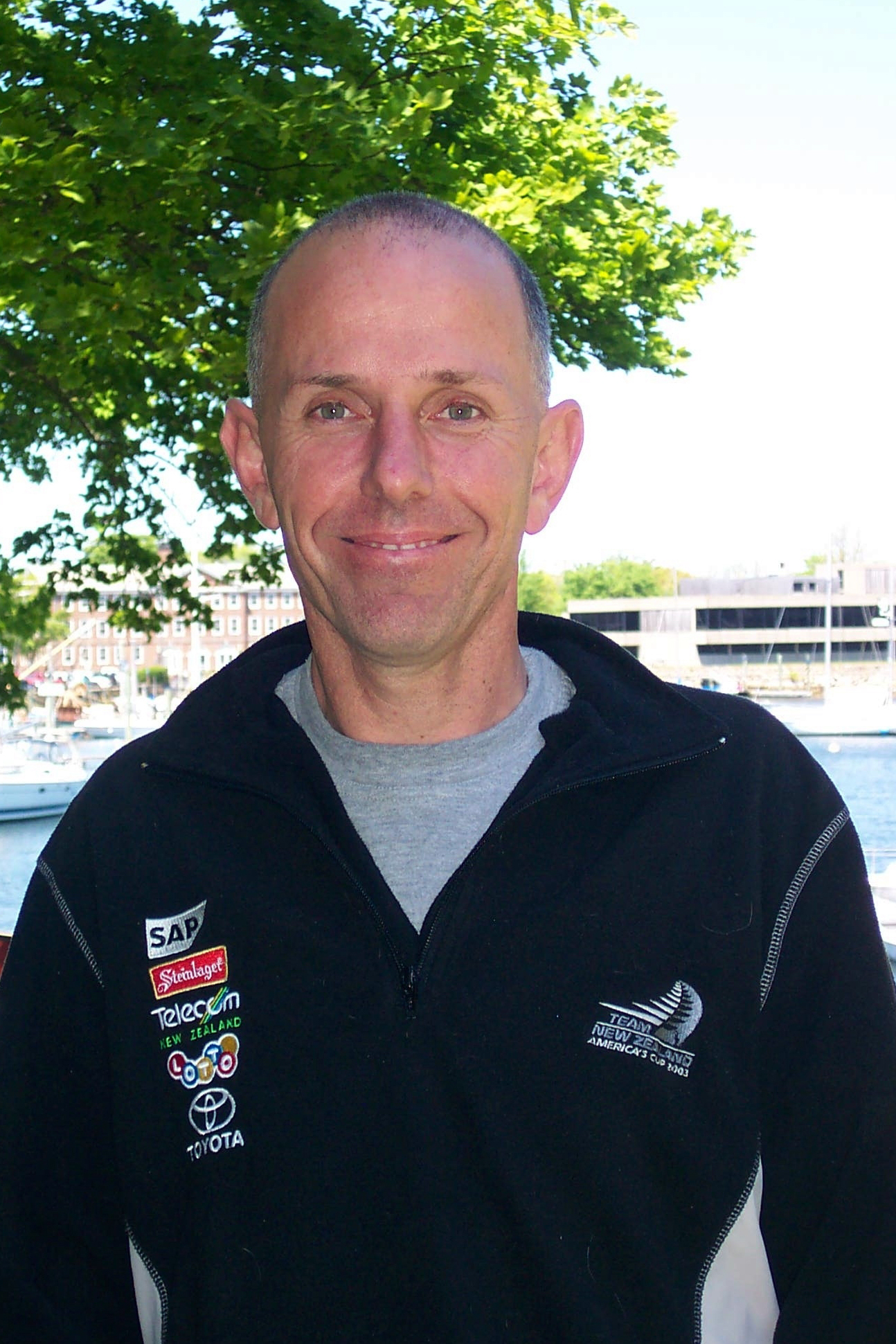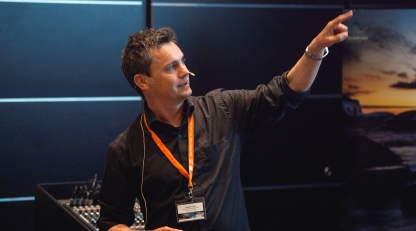These workshops will offer discussion and exchange on topics which are relevant for ICES work; Workshop on Age Validation and Workshop on Otolith Shape Analysis. The final session, on Friday afternoon, will offer a forum for discussion of advances and insights for future applications.
The IOS2014 banquet will be held Friday, 24 October when the best student oral and poster presentations will be awarded and when the organizer and location of next IOS will be announced. Banquet dinner tickets will be available at Palmira Cormoran Hotel desk.
The symposium focusses on the research and applications for the development of indicators, and the scientific programme is organized around four themes; Environmental indicators, Community indicators, Population indicators, and Individual indicators.
These themes will be opened by invited speakers, followed by sessions for oral and poster contributions.
Theme I: Environmental indicators
Invited speaker - Rita P. Vasconcelos Researcher, Centro de Oceanografia - Faculdade de Ciências, Universidade de Lisboa (Lisboa, Portugal) and Pôle Halieutique - Agrocampus Ouest (Rennes, France).

One of her main research areas is centered on population connectivity, chiefly in measuring nursery function of fish populations via multiple tools. During her PhD, completed in 2009, she tested the match between the potential contribution of estuarine nurseries and their effective contribution to adult populations (using a set of commercially exploited fish species). More recently she has addressed connectivity of coastal populations of several species, through the integration of several natural markers. She is also a member of the ICES Working Group on the Value of Coastal Habitats for Exploited Species, in which population dynamics models are being applied to assess the value of coastal habitats for several species. Another core research area focuses on the development of modeling of fish populations and communities in estuaries with emphasis on biodiversity and ecosystem functions and services. In this context, research is directed towards enhancing predictions obtained with models, to forecast changes in fish populations and communities in face of natural and anthropogenic environmental change.
Theme II: Community indicators
Invited speaker - Dirk Nolf Associated Professor, IRSNB (Institute Royal des Sciences Naturelles) (Brussels, Belgium)

In the last twenty years, his research has been concerned with external morphology of fish otoliths, with special emphasis on the otolith-based reconstruction of fossil fish faunas. Another aspect concerns the use of otoliths for the identification of Recent fishes and the interpretation of interrelationships between recent and fossil fish taxa. Presently, he is completing a book on the otoliths of recent fishes from the North Sea and the English Channel, in which otoliths of almost all species will be illustrated with an extensive series of their variability.
Theme III: Population indicators
Invited speaker - Simon Thorrold Senior Scientist, Biology Department, Woods Hole Oceanographic Institution (Woods Hole, USA).

His work focuses on measuring animal movements in ocean ecosystems using a variety of tagging methodologies. Much of this research uses an eco-geochemistry approach - the application of isotope and trace element geochemistry to fundamental questions in population and community ecology. Independent approaches, including DNA parentage and electronic tagging, are also used to both verify results from the geochemical analyses and to generate and test new hypotheses on animal movements. This information on the influence of movements on population dynamics provides decision makers with a scientific basis for the conservation and sustainable management of ocean ecosystems.
Theme IV: Individual indicators
Invited speaker - Peter Grønkjær Associate Professor, Marine and Fisheries Ecology, Department of Bioscience, Aarhus University (Aarhus, Denmark).

His interest in how the environment impacts the ecology of fishes has led to research in topics ranging from the ecophysiology of zebra fish larvae to winter-migrations of cyprinids. However, the use of otoliths as proxies for growth, metabolism and size has been common to most of his projects, where they have been used to reveal size-selective mortality, links between otolith fluctuating asymmetry and nutritional condition, and selection against fish larvae with high metabolic requirements in food limited environments. Recently, the focus has been on the microchemistry otoliths, and, especially the potential use of stable carbon and nitrogen isotopes from the organic otolith matrix to explore food web structure and the trophic position of fish populations. The large collections of otoliths sampled over the last 100 years offer a unique possibility to explore changes in aquatic food webs and their effects on fish population dynamics.

